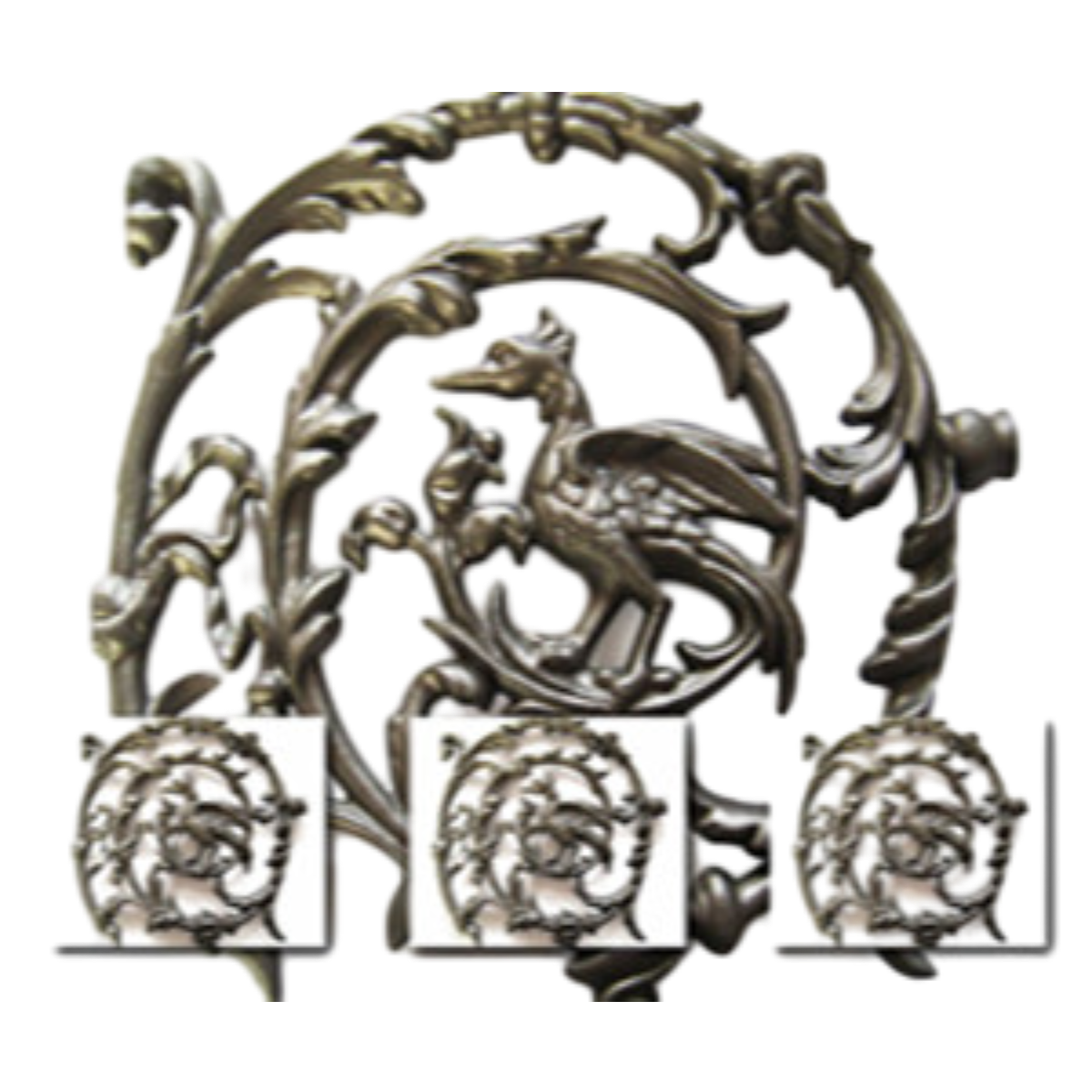will wrought iron rust
Will Wrought Iron Rust? Understanding the Nature and Maintenance of Wrought Iron
Wrought iron is a traditional material renowned for its strength, malleability, and ornamental capabilities. Brought into prominence during the industrial revolution, wrought iron is distinguished from cast iron and steel due to its unique composition and structural properties. However, one persistent question arises with wrought iron will it rust? Understanding the answer to this question involves examining wrought iron's composition, its interaction with the environment, and the best practices for its maintenance.
To begin with, wrought iron is primarily composed of iron with a small percentage of carbon, typically less than 0.08%. This low carbon content contributes to its ductility and workability, making it an ideal choice for crafting elegant gates, fences, railings, and various decorative pieces. However, like all iron-based materials, wrought iron is susceptible to oxidation when exposed to moisture and oxygen—conditions that are prevalent in most environments. The oxidation process, commonly referred to as rusting, leads to the formation of iron oxides that can compromise the integrity of the metal.
Will Wrought Iron Rust? Understanding the Nature and Maintenance of Wrought Iron
Preventing rust is entirely feasible and begins with proper initial treatment of the wrought iron. One effective method is applying a protective coating, such as paint or a powder coating, that serves as a barrier between the iron and environmental elements. Regular maintenance is equally important. This includes periodic inspections for signs of rust, corrosion, or wear and tear. If any rust is detected, it should be addressed immediately—light rust can be removed by sanding or using a wire brush, followed by applying a rust-inhibiting primer and paint to seal the surface.
will wrought iron rust

Another effective way to prevent rusting is through the use of galvanization—a process where wrought iron is coated with a layer of zinc to create a protective barrier against moisture and oxygen. This method is especially beneficial for outdoor applications, where wrought iron structures are more likely to encounter adverse weather conditions.
In addition to physical barriers, environmental control plays a critical role in preventing rust. Keeping wrought iron items dry and storing them in places with controlled humidity can minimize the risks of oxidation. Moreover, when installing outdoor wrought iron structures, it is advisable to choose locations that minimize direct contact with water, such as avoiding low-lying areas prone to standing water.
Despite the challenges posed by rust, wrought iron remains a popular choice for many applications due to its beauty and structural integrity. Its flexibility allows artisans to create intricate designs that stand the test of time. When well-maintained, wrought iron can last for generations, serving both functional and aesthetic purposes.
In conclusion, wrought iron can indeed rust if not properly cared for. Understanding the mechanisms of rust formation and implementing preventive measures is crucial for ensuring the longevity of wrought iron structures. Through protective coatings, regular maintenance, and environmental control, the threat of rust can be effectively managed, allowing wrought iron to maintain its charm and strength in various applications. Whether for ornamental purposes or structural integrity, wrought iron remains a valuable material that, with proper care, can resist the ravages of time and nature.
-
Wrought Iron Components: Timeless Elegance and Structural StrengthNewsJul.28,2025
-
Window Hardware Essentials: Rollers, Handles, and Locking SolutionsNewsJul.28,2025
-
Small Agricultural Processing Machines: Corn Threshers, Cassava Chippers, Grain Peelers & Chaff CuttersNewsJul.28,2025
-
Sliding Rollers: Smooth, Silent, and Built to LastNewsJul.28,2025
-
Cast Iron Stoves: Timeless Heating with Modern EfficiencyNewsJul.28,2025
-
Cast Iron Pipe and Fitting: Durable, Fire-Resistant Solutions for Plumbing and DrainageNewsJul.28,2025
-
 Wrought Iron Components: Timeless Elegance and Structural StrengthJul-28-2025Wrought Iron Components: Timeless Elegance and Structural Strength
Wrought Iron Components: Timeless Elegance and Structural StrengthJul-28-2025Wrought Iron Components: Timeless Elegance and Structural Strength -
 Window Hardware Essentials: Rollers, Handles, and Locking SolutionsJul-28-2025Window Hardware Essentials: Rollers, Handles, and Locking Solutions
Window Hardware Essentials: Rollers, Handles, and Locking SolutionsJul-28-2025Window Hardware Essentials: Rollers, Handles, and Locking Solutions -
 Small Agricultural Processing Machines: Corn Threshers, Cassava Chippers, Grain Peelers & Chaff CuttersJul-28-2025Small Agricultural Processing Machines: Corn Threshers, Cassava Chippers, Grain Peelers & Chaff Cutters
Small Agricultural Processing Machines: Corn Threshers, Cassava Chippers, Grain Peelers & Chaff CuttersJul-28-2025Small Agricultural Processing Machines: Corn Threshers, Cassava Chippers, Grain Peelers & Chaff Cutters












